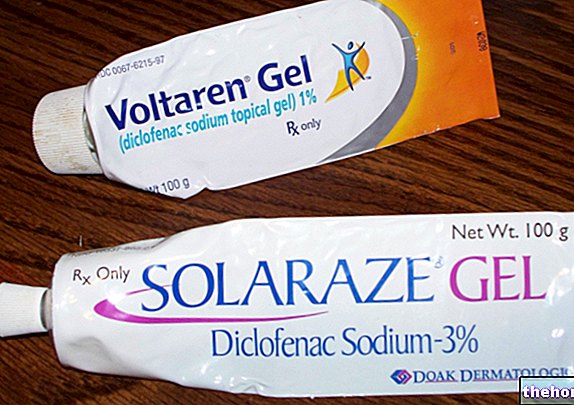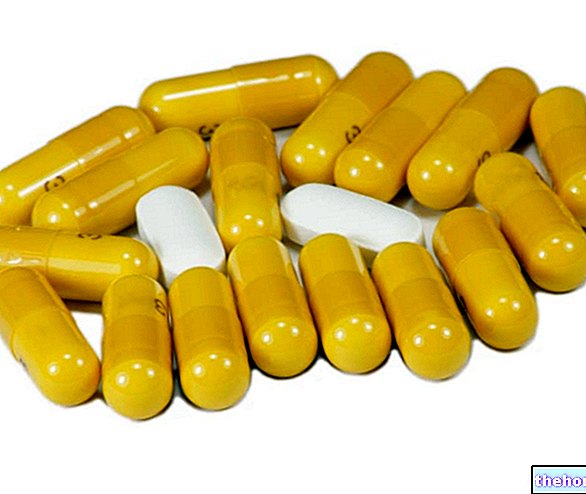
What is Pheburane - sodium phenylbutyrate and what is it used for?
Pheburane is a medicine that contains the active substance sodium phenylbutyrate. It is used to treat patients with disorders associated with the urea cycle. These patients are unable to eliminate nitrogen residues from the body because they lack some enzymes normally found in the liver. In the body, nitrogen residues are found in the form of ammonia which is toxic when it accumulates, especially to the brain. Pheburane is used in patients who lack one or more of the following enzymes: carbamyl phosphate synthetase, ornithine transcarbamylase or argininosuccinate synthetase. It can be used in patients with the following forms of the disease:
- "early onset" disease in patients who show a complete lack of one or more of these enzymes within the first few months of life;
- Late-onset disease in patients who show a partial lack of one or more of these enzymes after the age of one month and have had high levels of ammonia that affected brain activity.
Pheburane is a hybrid medicine. This means that it is similar to a 'reference medicine' which contains the same active substance, but Pheburane grains are available at a lower strength and contain different excipients (inactive ingredients) to mask the unpleasant taste of the active substance. The reference medicine for Pheburane is Ammonaps.
How is Pheburane used - sodium phenylbutyrate?
Pheburane is available in granules (483 mg / g). It can only be obtained with a prescription; treatment should be supervised by a physician experienced in the treatment of patients with urea cycle disorders. Pheburane must be paired with a low protein diet to reduce nitrogen intake. The daily dose of Pheburane is individually adjusted for each patient and depends on the patient's diet, height and weight. Regular blood tests are necessary to determine the exact daily dose. The daily dose of Pheburane should be divided into identical amounts and given with each meal. The granules can be sprinkled on food immediately before swallowing or put into the mouth and immediately swallowed with a drink. Pheburane can be a long-lasting treatment. duration unless the patient has a successful liver transplant.
How does Pheburane - sodium phenylbutyrate work?
Each protein carries nitrogen to the body; the nitrogen is then transformed into ammonia. Patients with urea cycle disorders cannot eliminate ammonia from the body, so it can reach high levels, which can cause serious problems, including disability, brain injury and death. The active substance in Pheburane, sodium phenylbutyrate, is transformed in the body into a substance called phenylacetate. Phenylacetate combines with the amino acid glutamine, which contains nitrogen, to form a substance that can be eliminated from the body by the kidneys. This allows the nitrogen levels in the body to decrease, reducing the level of ammonia produced.
How has Pheburane - sodium phenylbutyrate been studied?
Patient studies have been limited to evidence to establish that Pheburane is bioequivalent to the reference medicine called Ammonaps. Two medicines are bioequivalent when they produce the same levels of the active substance in the body.
What are the benefits and risks of Pheburane - sodium phenylbutyrate?
Because Pheburane is a hybrid medicine, bioequivalent to the reference medicine, the benefits and risks are assumed to be the same as the reference medicine.
Why has Pheburane - sodium phenylbutyrate been approved?
The Agency's Committee for Medicinal Products for Human Use (CHMP) concluded that Pheburane has been shown to have comparable quality and to be bioequivalent to Ammonaps. Therefore, the CHMP considered that, as in the case of Ammonaps, the benefits are greater than the identified risks and recommended to approve the use of Pheburane in the EU.
What measures are being taken to ensure the safe and effective use of Pheburane - sodium phenylbutyrate?
Safety information has been added to the summary of product characteristics and package leaflet for Pheburane, including the appropriate precautions to be followed by healthcare professionals and patients.
More information about Pheburane - sodium phenylbutyrate
On 31 July 2013, the European Commission issued a "Marketing Authorization" for Pheburane, valid throughout the European Union. For more information on Pheburane therapy, read the package leaflet (included with the EPAR) or consult your doctor or the pharmacist. Last update of this summary: 08-2013.
The information on Pheburane - sodium phenylbutyrate published on this page may be out of date or incomplete. For a correct use of this information, see the Disclaimer and useful information page.




























